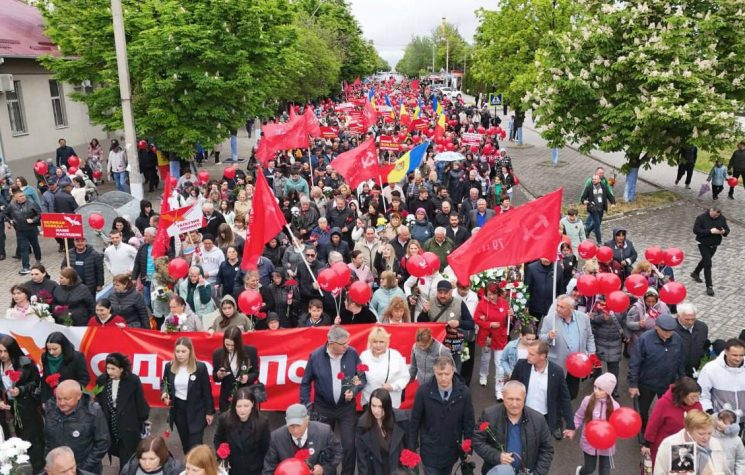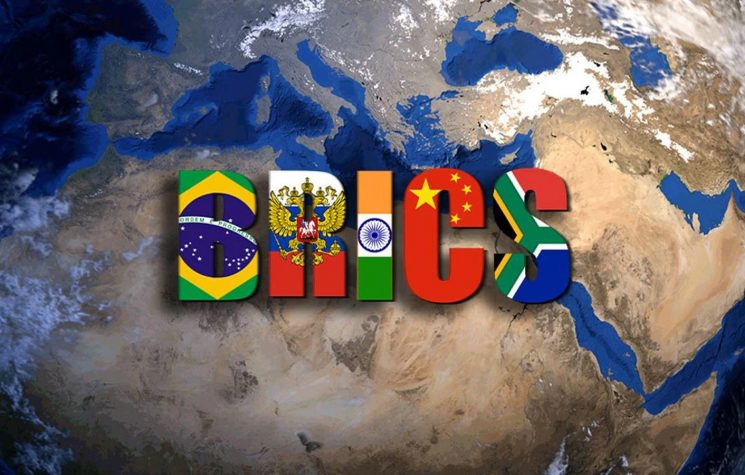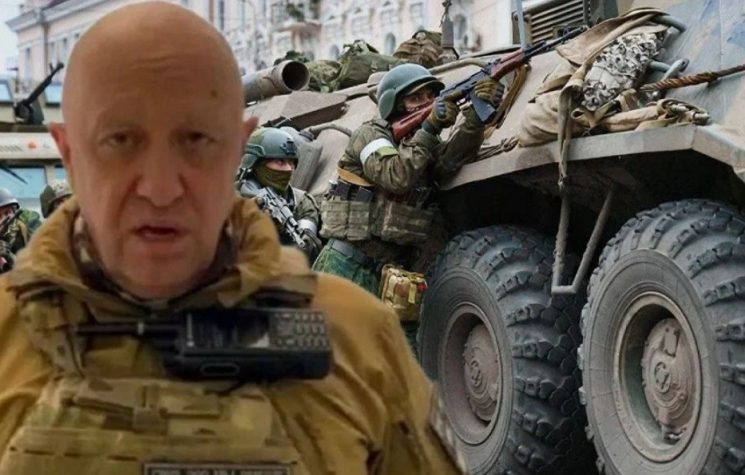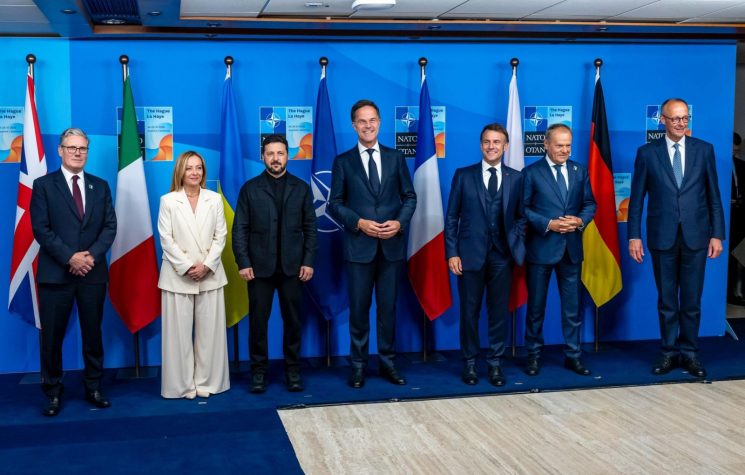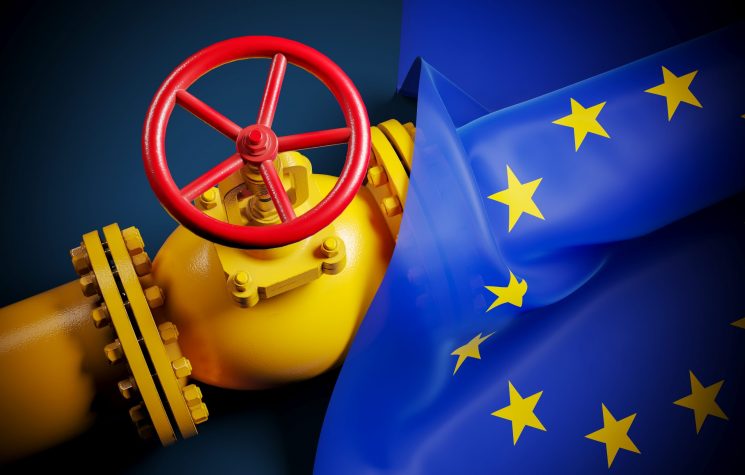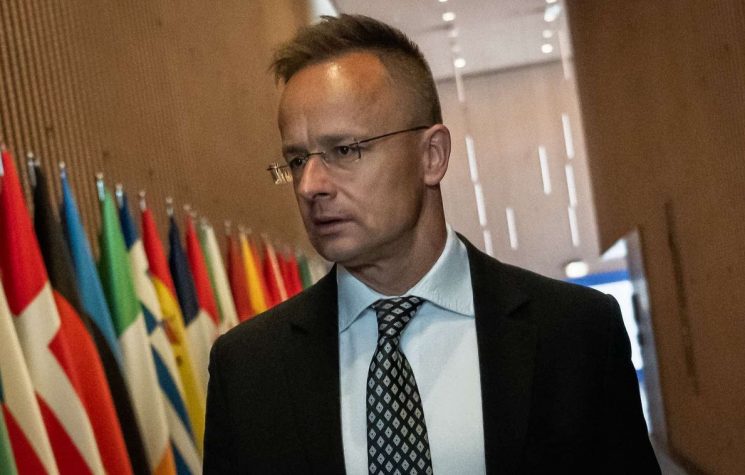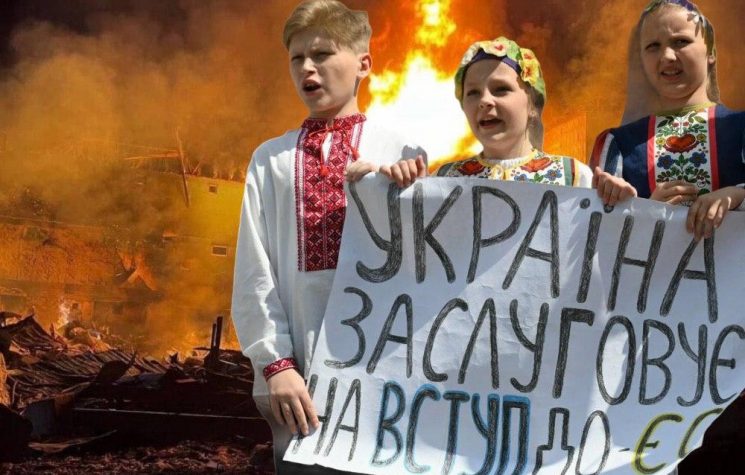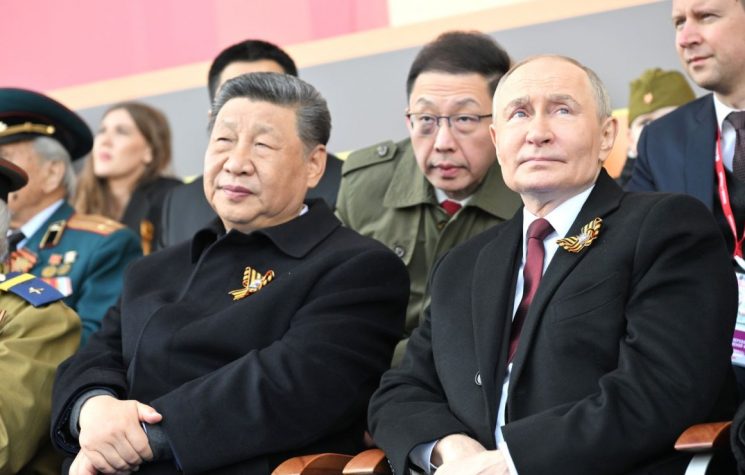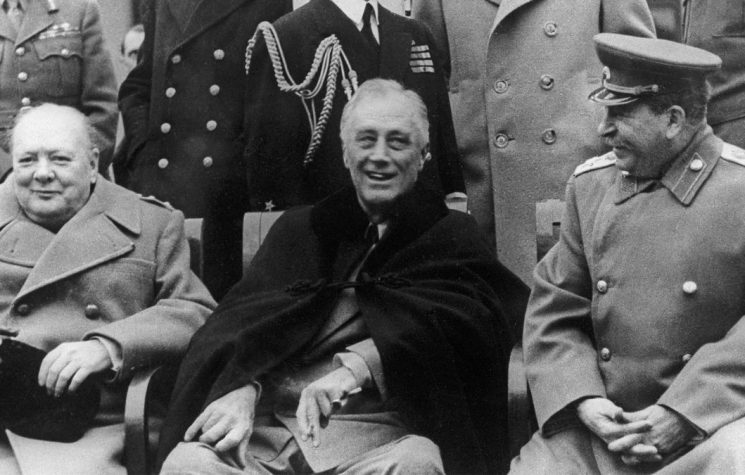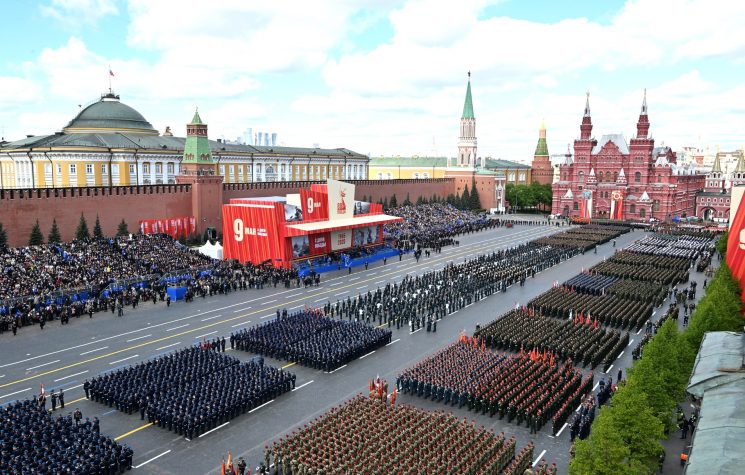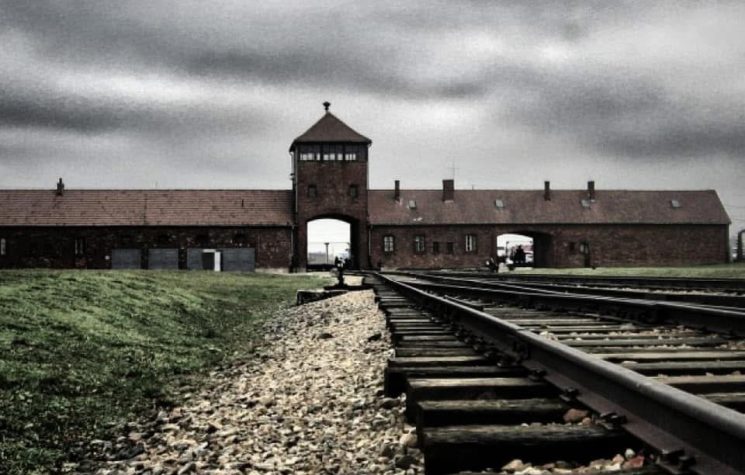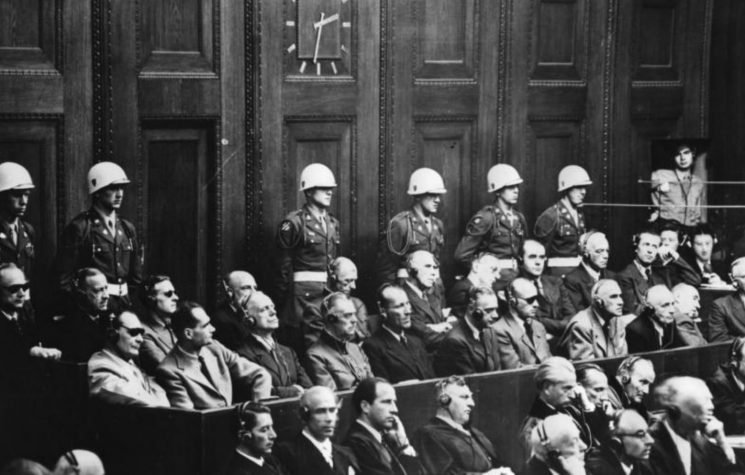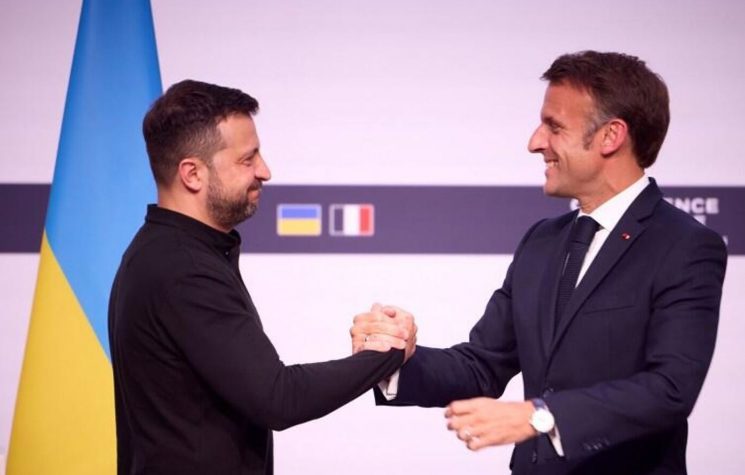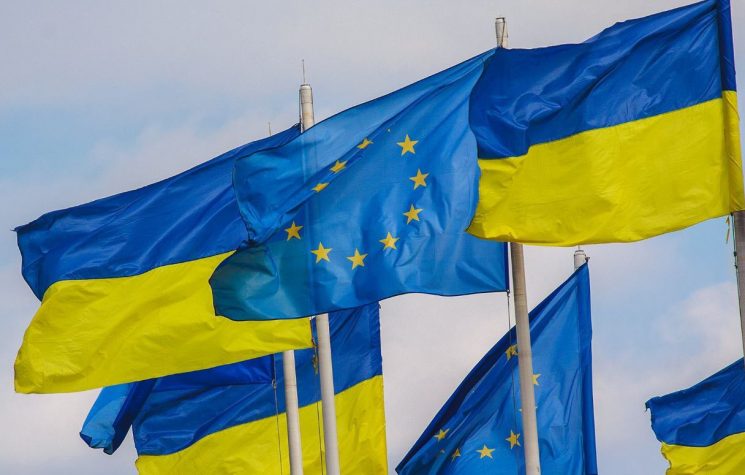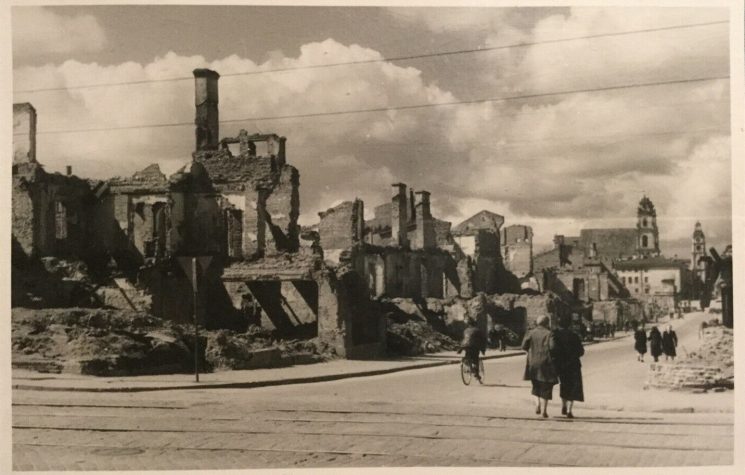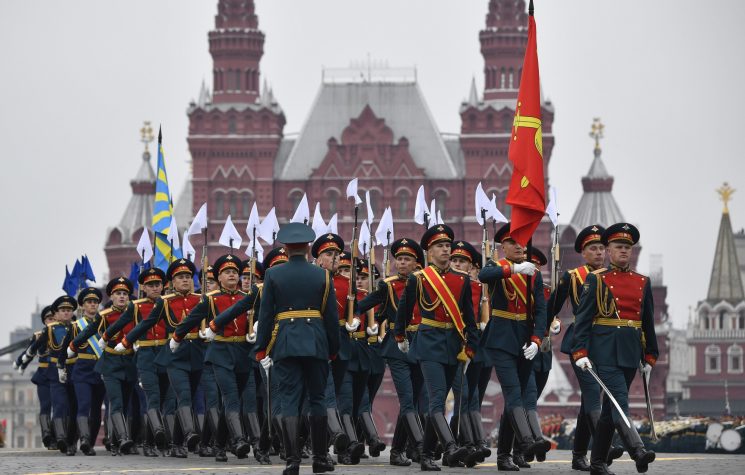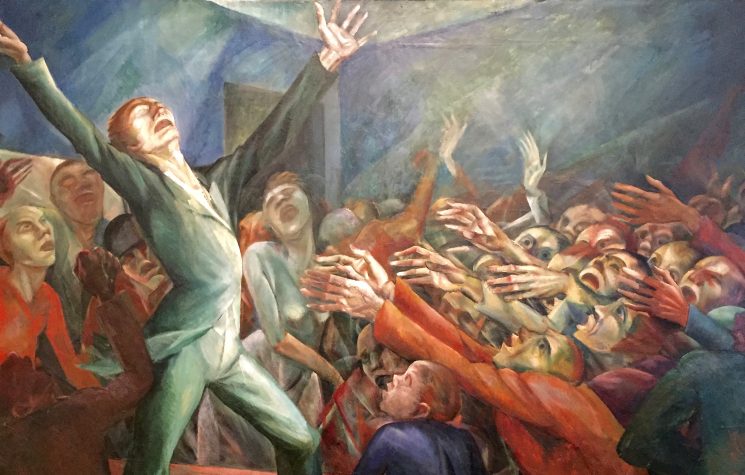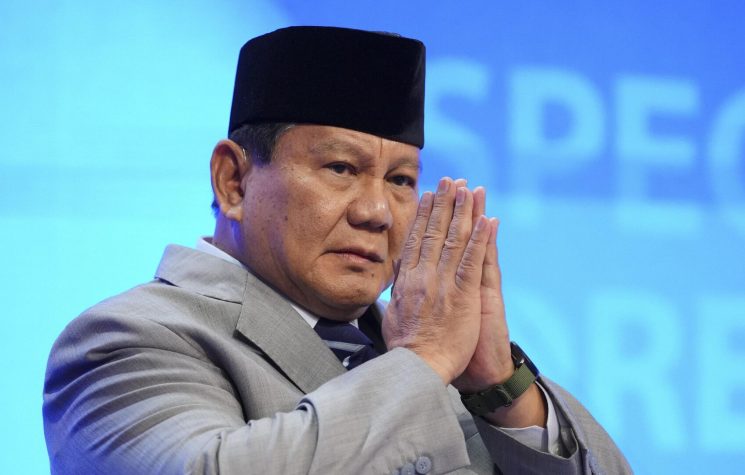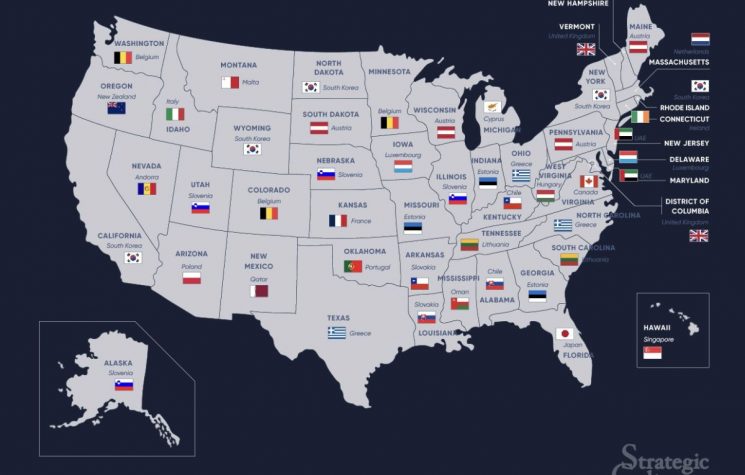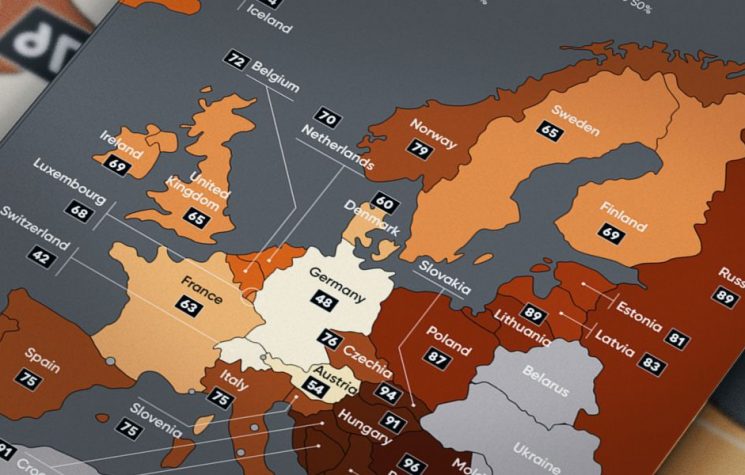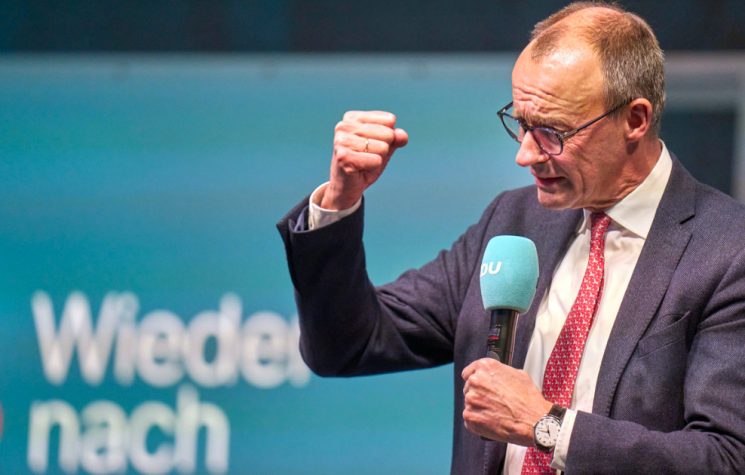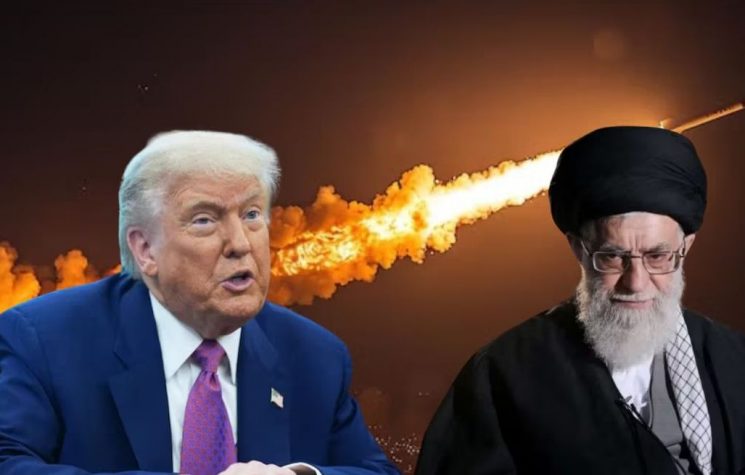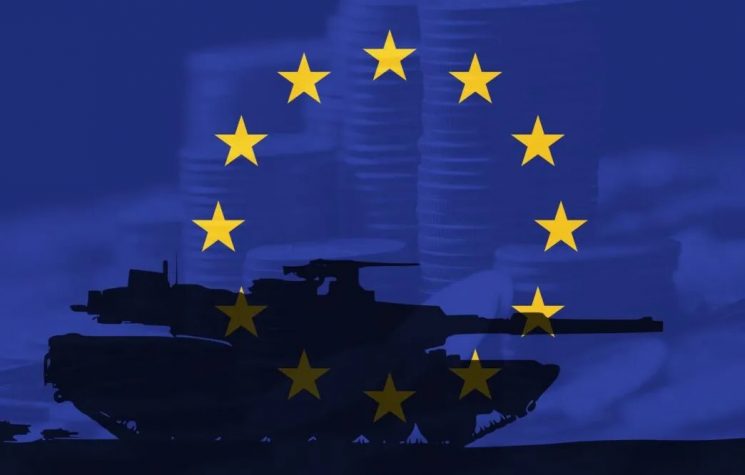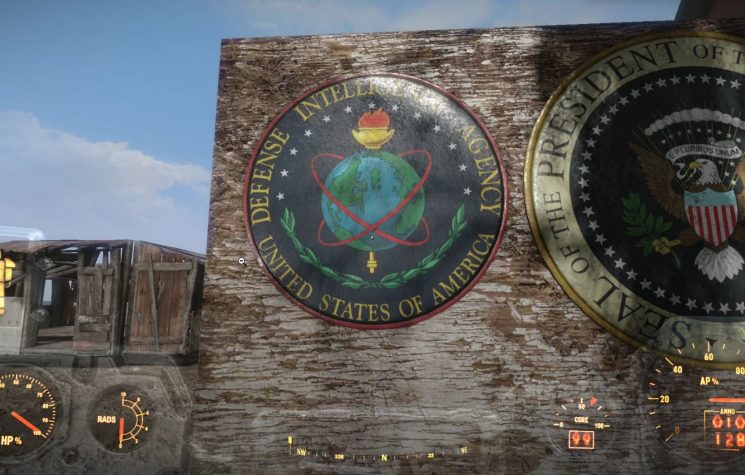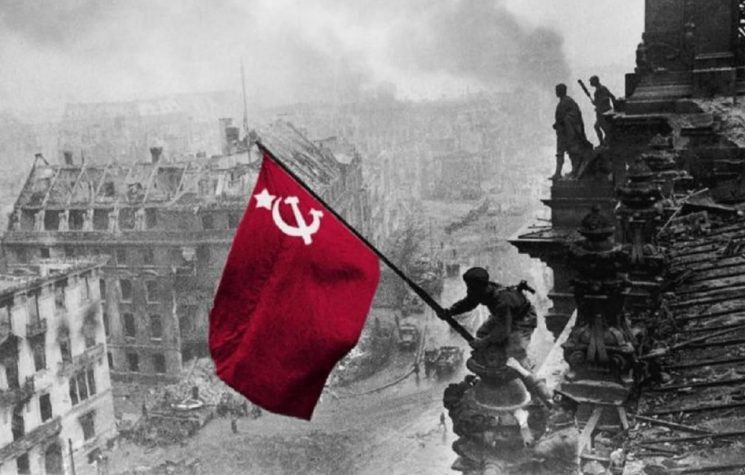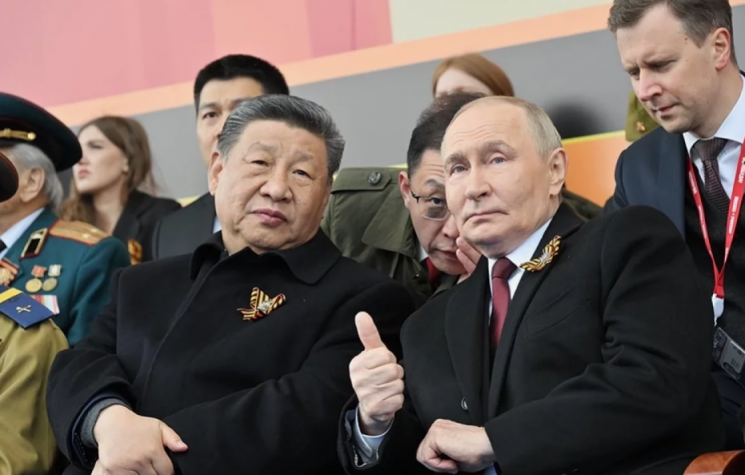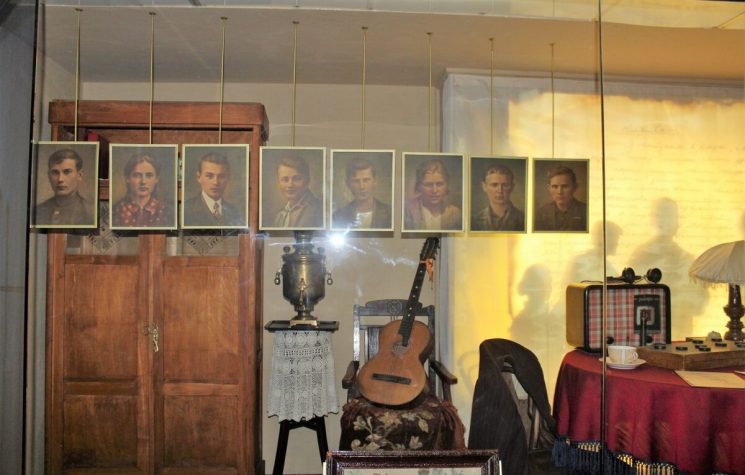In reaction to the Russian Federation’s special military operation to demilitarize and de-nazify Ukraine, Western countries have increasingly encouraged the rehabilitation of Fascism in the Russian strategic environment.
❗️Join us on Telegram![]() , Twitter
, Twitter![]() , and VK
, and VK![]() .
.
Contact us: info@strategic-culture.su
You can follow Lucas on X (formerly Twitter) and Telegram.
It’s Victory Day today. While Russians celebrate their military glory against the Nazi enemy, in Western — and pro-Western — countries, a serious process of rehabilitation of Adolf Hitler’s racist ideology seems to be taking place.
In Moldova, a country that has come under strong Western pressure to increase its anti-Russian policies, authorities have warned citizens not to wear symbols related in any way to the Soviet past. Even the well-known “St. George ribbon”, one of the greatest symbols of the Victory against Nazism, was banned, with extremely expensive fines for those who violate this law.
In the Baltic countries, there is similar legislation. In Estonia, for example, celebrating Victory Day using the symbols of the nation that destroyed Hitler’s army is a serious crime. This does not seem surprising, considering that the Baltic States have exponentially increased their serious policies of Russophobia and ethnic apartheid, practically reviving the times of Nazism.
It is well known that, just as Ukraine has done since 2014, countries such as Poland, the Baltics and Moldova have seen a strong phenomenon of fascist extremism. Hatred for Russia, strongly based on resentment against the Soviet past, has led some of the youth in these countries — and even their decision makers — to endorse radical and racist ideas, indicating a revival of the Nazi mentality in Europe.
With the end of the Cold War and the dismantling of the USSR, many formerly socialist countries became extremely vulnerable to Western anti-Russian propaganda. The U.S. has used cultural mechanisms and hybrid warfare tactics to co-opt citizens from countries geographically close to Russia, making them hostile and even willing to fight against Moscow. With this regional atmosphere of hatred, racism and conflict, the West has attempted to make the Russian strategic environment unstable, with a high possibility of wars breaking out at any time.
The Western strategy is very simple to understand: for NATO, it is necessary to destroy Russia. The Collective West will not be satisfied as long as Russian territory remains integrated. What Western strategists plan is to create the necessary conditions for a territorial dismantling of Russia. Previously, the biggest Western fear was the USSR, which has already been fragmented. Now, the objective is to advance “balkanization” into the territory of the Russian Federation.
However, current material conditions do not allow this objective to be achieved. Moscow’s military capabilities and advanced levels of national integration and domestic cohesion make any Western plan to fragment the country unrealistic. In the same sense, a direct conflict is absolutely impossible for the West to win, which leads NATO to rely on the strategy of proxy wars, in addition to various hybrid mechanisms.
The promotion of fascism in Europe is a key part of these Western plans. Since it is impossible to fragment Russia, NATO wants to at least prevent Moscow from maintaining high levels of international cooperation and regional integration. Anti-Russian hostility between neighboring countries allows the West to prevent Russian domestic cohesion from expanding into a friendly relationship with surrounding nations. The goal is simply to affect Moscow as much as possible.
Ukraine was the most successful Western experiment. There, neo-Nazi and Russophobic groups managed to capture the Ukrainian state itself and thus conduct war and genocide in Donbass. Russia’s special operation to end such crimes was, not by chance, launched with the public aim of de-Nazifying Ukraine. The West reacted to this de-Nazification in an even more violent way, fomenting a “re-Nazification” of Europe to make ordinary people even more hostile to Moscow — and therefore convinced of the “need” to send money and weapons to the Kiev regime.
This re-Nazification of Europe is the greatest possible threat to the current European security architecture. With the rise of fascism, ethnic Russian citizens have become increasingly vulnerable across Europe, heightening Moscow’s concerns. For its part, Russia does not want war with any country. The circumstances that led to the conflict in Ukraine were extremely specific and are certainly not happening elsewhere.
However, if the rise of neo-Nazism in Europe begins to generate direct problems for Russian citizens abroad, it will become more and more difficult to prevent the emergence of an open conflict in the near future.











